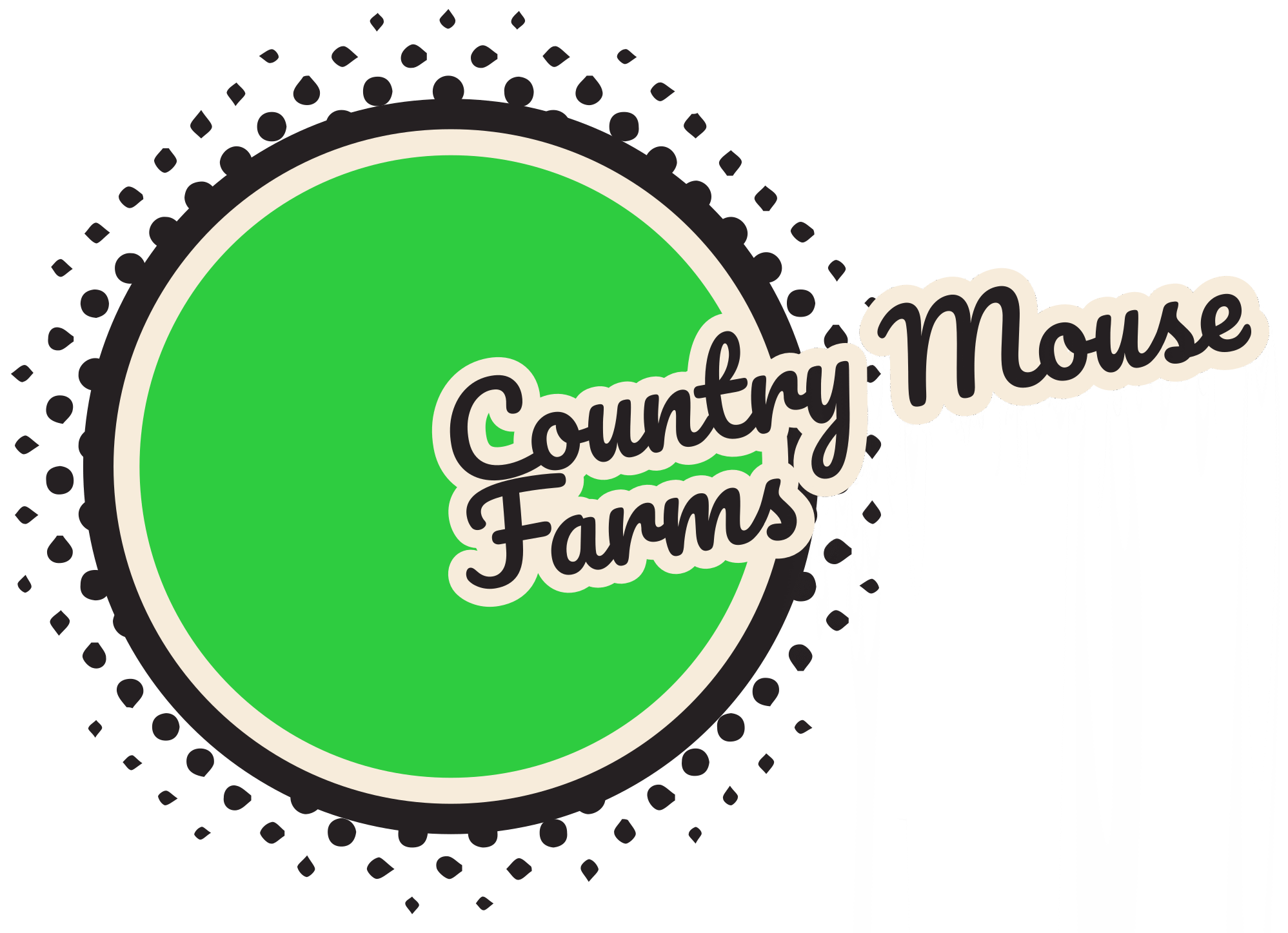🗺️ Growing Zones: What They Are & Why They Matter
Estimated Reading Time: 4 min read
Keywords: what is a growing zone, USDA hardiness zone map, how to find your growing zone, gardening by zone, plant hardiness zones explained
Ever planted something, watered it like crazy, and still watched it shrivel?
It might not be you—it might be your zone.
Understanding your growing zone is one of the easiest ways to prevent plant failures. It’s your garden’s starting line—and the secret to choosing plants that will thrive.
So… What Is a Growing Zone?
Growing zones (also called hardiness zones) are based on how cold your area gets in winter. In the U.S., we use the USDA Hardiness Zone Map, which breaks the country into numbered zones based on the average lowest winter temps.
For example:
- Zone 3 = brutal winters (down to -40°F)
- Zone 8 = mild winters (around 10–20°F)
- Zone 10+ = tropical vibes (Florida, Southern California)
💡 Most seed packets and plant tags will list a zone range:
“Hardy in zones 4–9.” If your zone isn’t listed, that plant won’t survive year-round.
How to Find Your Zone
The easiest way? Just Google:
“What is my growing zone + [your zip code]”
or use the USDA’s interactive map: https://planthardiness.ars.usda.gov
Write it down. Tattoo it on your brain. This number matters.
More Than Just a Number
Your zone gives a general idea—but your microclimate matters too.
A microclimate is the mini-environment in your specific space. Factors like:
- Shade vs full sun
- Wind exposure
- Walls or patios holding heat
- Elevation
- Urban heat islands (cities stay warmer)
That’s why your neighbor’s basil might thrive and yours looks sad—it’s not just luck!
What to Plant in Your Zone
Once you know your zone, match it with plant tags or seed instructions.
Cold Zone? Try:
- Kale, carrots, onions, garlic, cabbage, radishes
Mild Zone? Add:
- Tomatoes, peppers, melons, herbs, squash
Warm Zone? You get:
- Citrus, avocados, okra, sweet potatoes, tropical herbs
📅 Also pay attention to your last frost date in spring and first frost date in fall. That tells you when to start planting and when to wrap things up.
Can You Cheat Your Zone?
Yup. It’s called season extension and it’s awesome.
Try:
- Cold frames (mini greenhouses)
- Row covers (protect from frost and pests)
- Raised beds (warm up faster)
- Grow lights for indoor starts
Homesteaders are rule benders by nature—just bend smart.
Vocabulary Corner
- Hardiness Zone: A number that tells you how cold your area gets in winter.
- Frost Date: The average date of the last spring freeze and first fall freeze.
- Microclimate: A small area with its own unique temperature, wind, or light.
- Season Extension: Using tools to grow earlier in spring or later into fall.
- Cold Frame: A clear box that traps heat and protects young plants.
Final Thoughts
Knowing your zone is like gardening with a map instead of guessing. It helps you avoid wasted time, money, and heartbreak—because nothing’s worse than planting a pepper that never had a chance.
Know your zone. Grow in your zone. And when you’re ready—cheat it like a pro.
